Fiat Grande Panda review (2025 - 2025)
Fiat Grande Panda cars for sale
4.0
Expert review
Pros
Looks cheerful inside and out
Comes with all the essential kit as standard
Surprising amount of interior space
Cons
Some iffy packaging undermines its practicality
Poor rear visibility
Rather plasticky interior

The CarGurus verdict
The Fiat Grande Panda is certainly not perfect. There are some packaging foibles that slightly undermine its practicality despite impressive interior space for such a small car, the infotainment system isn’t the best you’ll encounter, rear visibility is poor, and some of the interior plastics are rather, well, plasticky. The mild-hybrid powertrain doesn’t offer any proper electric-only running, while the range of the EV version is limited at just 199 miles.
There’s also, however, a great deal to like. The retro-modern styling - both inside and out - and the vibrant colour schemes give this car a real sense of fun, and it’s an easy and reasonably comfortable car to drive. Performance is entirely adequate for the type of car it is, and all the essential kit you’ll want is provided as standard. Importantly, the pricing is affordable, giving a stylish car for an attainable amount. And for many small-car buyers, that last attribute will be enough on its own.
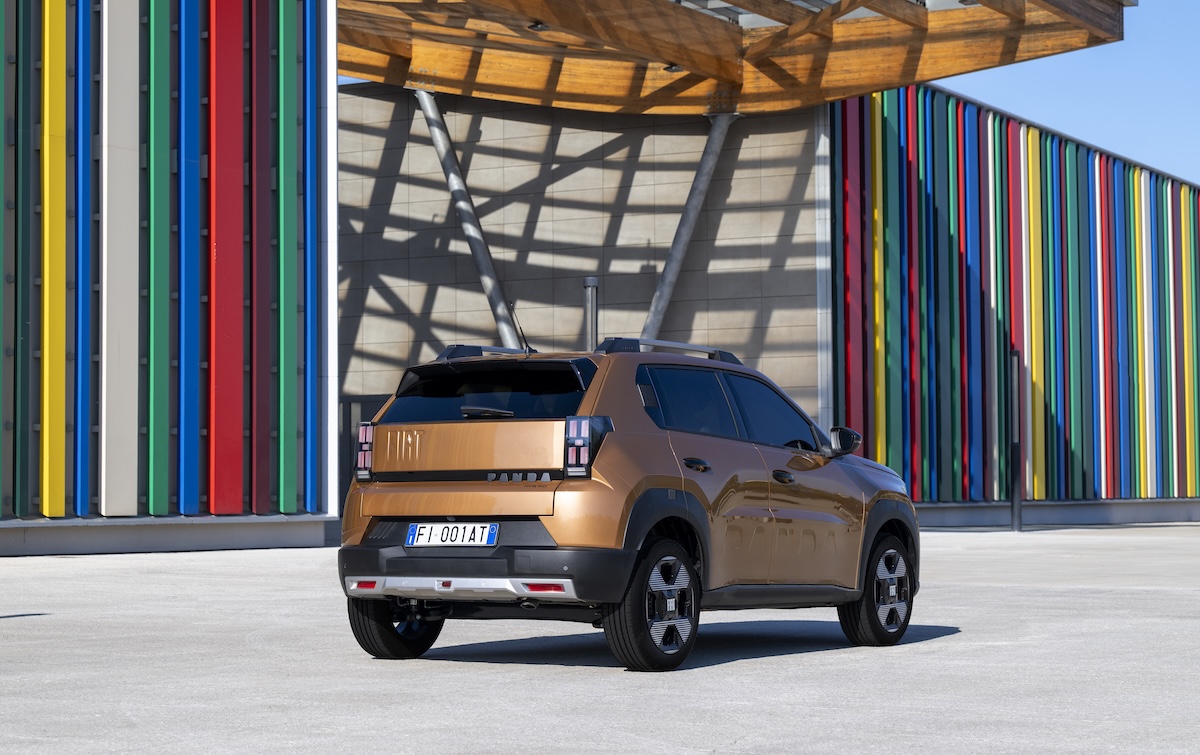
What is the Fiat Grande Panda?
The original Fiat Panda entered the market all the way back in 1980, and over three generations, this budget hatchback has provided millions of buyers with affordable motoring and a chirpy, cheeky character. Indeed, each generation of the car has been long-serving: the most recent third-generation version, for example, only went off sale in 2025, having originally been introduced way back in 2011, and that Mk3 Panda was actually based on the same basic platform architecture as the Mk2 Panda it succeeded, which dates back all the way to 2003.
High time for a new one, then, but this time around, it’s been dubbed as the Grande Panda. As the name suggests, it’s bigger than the car it replaces, moving from the city car class (A-segment in motoring speak) to the supermini (B-segment) class, making it a rival for cars such as the Vauxhall Corsa and Peugeot 208.
As it happens, we haven’t namechecked those two cars by accident, because they’re fellow members of the huge manufacturing conglomerate known as Stellantis alongside Fiat (among many other brands), and yet they don’t share a platform with the Grande Panda. No, they’re based on the older CMP platform, while the Grande Panda is based on the company’s newer (and rather confusingly named) Smart Car platform that also underpins vehicles such as the latest Citroen C3 and Vauxhall Frontera.
But despite things being all-change with the new Grande Panda, things also stay the same: the aim is still to provide stylish and likeable transport at an affordable price. In order to do so, the new car uses lots of retro-modern design touches and nostalgic nods to Fiat’s heritage to give it an appealingly cheeky character - rather successfully, as we’ll discover - while UK pricing is very aggressive (it's even cheaper than its Citroen C3 stablemate when compared like-for-like). Like that car, it’s available in both mild hybrid format, and as an all-electric car.
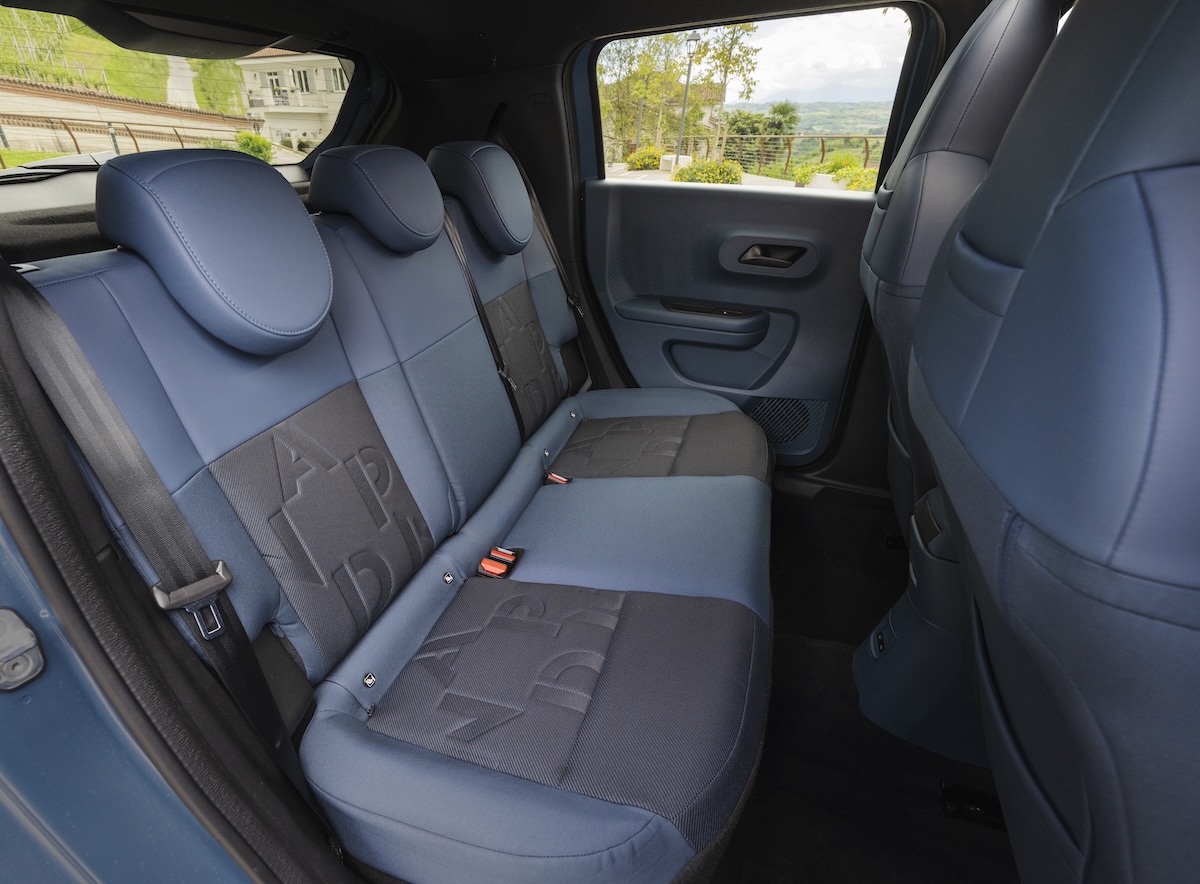
How practical is it?
The new Fiat Grande Panda is as-near-as-dammit four metres long, which means it’s a good chunk bigger than the previous Panda it replaces (hence the Grande bit of the name), but also that it’s still a small car by modern standards. Even so, though, the level of interior space is impressive. You’ll have no complaints up front, where the high roof and generous travel of the seats’ sliding mechanisms means that there’s plenty of space, while the cabin is just about wide enough that you won’t be banging elbows with your front passenger. You’ll find a wide variety of storage spaces up front, too.
There’s also lots of adjustment for the driver’s seat and steering wheel to help folk of all shapes and sizes get comfy behind the wheel, although the slightly odd contouring and cushioning of the seats makes you feel like you’re sitting on top of the seat rather than in it, and that you could topple off at any point. Forward visibility, meanwhile, is fine, but it’s not so hot at the rear of the car due to the tiny rear window, and when it rains, the teeny rear wiper only clears a fraction of the glass, making your rearward view even worse.
Move to the back seats, and you might be surprised at how much space there is. The high roof means that headroom is very generous, and while legroom is a little tighter, it’s still enough for tall folk to travel comfortably: if you’re six feet tall sitting behind a driver of similar proportions, then your knees might just about brush the seat in front, but they won’t be pressing into it. Don’t go thinking that you’ll regularly be squeezing a third passenger into the back, though, because the cabin simply doesn’t have enough width to allow it, comfortably or uncomfortably. It’s best to think of the Panda as a four-seater, then, an assertion ably demonstrated by the fact that entry-level Pop cars don’t have a central rear headrest, although all versions have three rear seat belts.
And although rear space is fine once you’re inside the Panda, getting there is awkward. The rear door openings are very small and narrow, and the doors don’t open all that wide, plus there’s an annoying piece of bodywork next to the rear seatbacks that protrudes even further into the opening, and you have to kind of curl your body around it to get in. It’s all very ungainly and awkward.
It’s a similar story in the boot: the space you get is impressive in such a small car, but the access to that space could be easier. The hybrid version serves up 412 litres of boot space, although this drops to 361 litres in the EV. However, there’s a very chunky load lip that you’ll need to lift heavy items over and then drop in the other side, and when you drop the 60/40 split-folding rear seats, there’s also a hefty step up from the boot floor the the folded seatbacks, and these don’t quite lie flat, either.
Where the Grande Panda’s cabin does undeniably impress, though, is with its charm. The design is interesting and characterful, with vibrant colour schemes and lots of thoughtfully eccentric design touches: for instance, the oval motif surrounding the central touchscreen represents the famous rooftop test track at Fiat’s Lingotto factory in Turin, Italy (there are several similar design flourishes on the outside of the car: the pixel-like design of the headlights is said to echo the cube-shaped windows of the same building, the word ‘Panda’ is embossed into the doors down the sides of the car).
The range-topping La Prima trim gets a wood-effect storage box on the passenger side of the dashboard - dubbed the ‘Bambox’ - that looks cool, while lower trims have this panel finished in a woven textile fabric, which in our book, looks even cooler.
Granted, the quality of the materials could be better - pretty much all the plastic surfaces you encounter are hard and scratchy rather than soft and squishy - but everything feels solidly assembled, while the bright colours and interesting shapes on display mean you don’t care quite as much about a few unappealing surfaces.
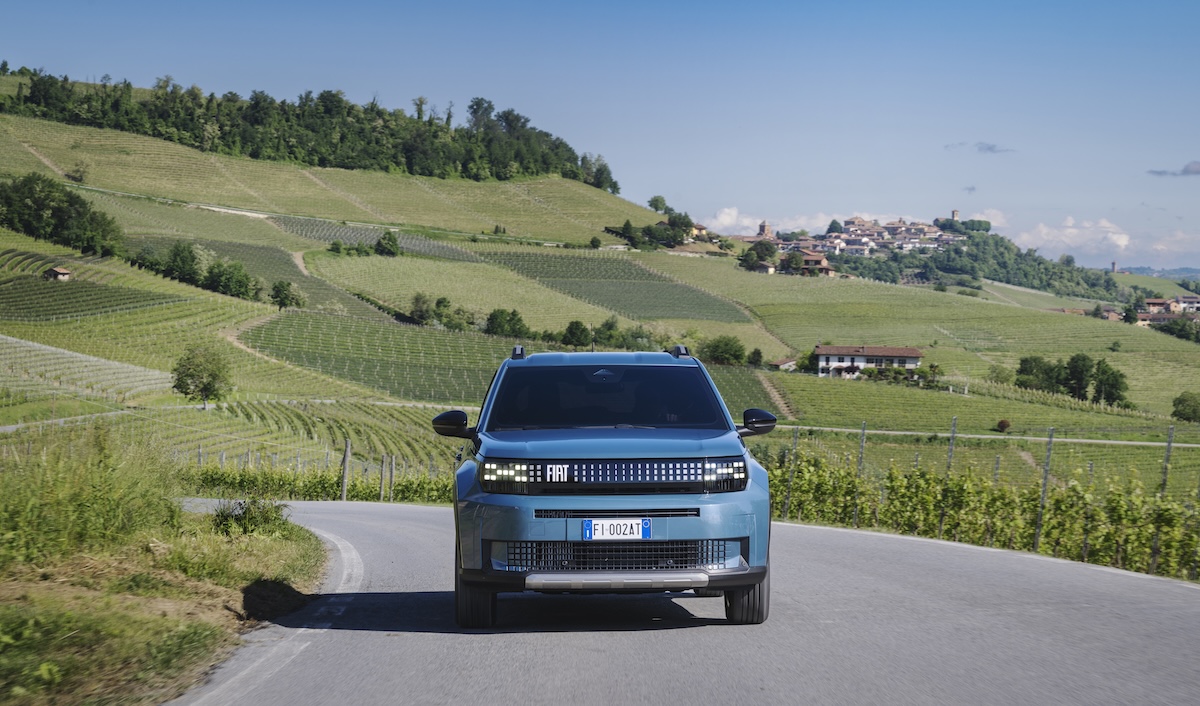
What’s it like to drive?
The Grande Panda is offered in all-electric form, with a 111bhp motor fed by a 44kWh battery. According to official figures, it has a range of 199 miles and will do the 0-62mph dash in 11.0 seconds. We haven’t tried it yet, however, so we can’t tell you what it feels like, although we’d hazard a guess that it probably feels very similar to the near-identical Citroen e-C3 that we have driven, which shares its motors, battery and power output. That car feels nice and perky up to about 50mph, and although the acceleration tails off as you go faster, there’s still enough to handle motorways with ease.
The Grand Panda we have had the opportunity to drive is the 48-volt mild hybrid version, which has a 1.2-litre turbocharged three-cylinder petrol engine, augmented by an electric motor, that sends a combined 108bhp to the front wheels through a six-speed automatic gearbox. The 0-62mph dash stands at 10.0 seconds, while the top speed is given at 99mph. And sure enough, performance feels nice and perky from just about anywhere on the rev range, so your progress is easy and eager at pretty much all times, even if it’s not ultimately all that quick. And no, you won’t be travelling for significant distances under electric propulsion alone, even at low speeds: mild hybrids simply aren’t that sophisticated.
The engine doesn’t have to work its socks off for reasonable progress, either, which aids refinement, but it does sound a little thrashy if you do feel the need to work it. It settles down to a distant hum on the motorway, too, and while wind-noise and road noise are both audible at motorway speed, neither is troublesome.
You might, however, be a little surprised by how strong the regenerative braking function feels when you lift off the accelerator pedal: it’s stronger than some EVs we’ve tried, let alone other mild hybrids. It doesn’t get in the way, though, and makes stop-start town driving a little easier.
Fiat has also stated that by the end of the year, another non-hybrid petrol powertrain will become available in parts of Europe, a 1.2-litre turbo with 99bhp. However, it’s not yet clear whether or not this powertrain will be offered in the UK.
Like we’ve said, the Grande Panda shares much of its mechanical make-up with the Citroen, and it has a similarly easy-going and relaxed character. The suspension isn’t quite as soft as in the Citroen, so life isn’t quite as cushy, but it’s more than absorbent enough to take the sting out of all but the worst bumps and potholes. That extra hint of firmness gives a fairly surprising level of body control, too: when rounding corners, you can feel that the Panda is a tall car with a small footprint, but it doesn’t lollop around unduly and feels controlled most of the time. The steering has a meatier weight than you might be expecting, too, which is reassuring at speed, but less useful for low-speed manoeuvres.
Mind you, the Goodyear EfficientGrip tyres fitted to our test car, which have low rolling resistance to aid fuel economy, relinquished their grip alarmingly early when faced with a deluge of Italian rain. As a result, you may find yourself tip-toeing around corners in the wet.
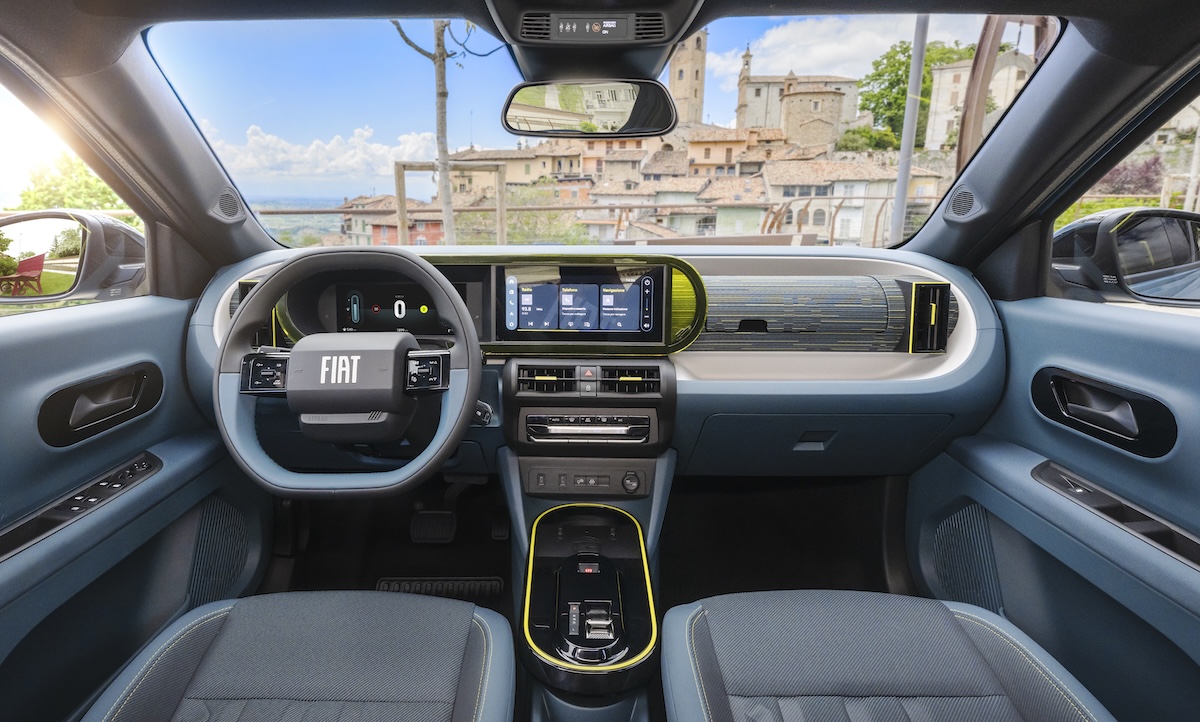
Technology, equipment and infotainment
The trim levels available on the Grande Panda depend on which powertrain you go for. In mild hybrid form, the trim structure begins with the Pop version, which doesn’t miss out on a whole lot of the stuff you’d want. It gets 16-inch steel wheels with plastic trims, manual air-conditioning, all-round electric windows, 60/40 split-folding rear seats, cruise control, rear parking sensors, LED front- and rear lights, electrically adjustable door mirrors, and automatic headlights with auto high beam. On the infotainment front, you get a 10.0-inch digital driver display behind the steering wheel plus a 10.25-inch central touchscreen with DAB, Apple CarPlay and Android Auto.
The infotainment setup is identical in mid-spec Icon trim, but your extra money does earn you considerably smarter looks, thanks to 16-inch black alloy wheels, silver metal roof rails, skid plates, privacy glass, and gloss black window pillars. Inside, you get a few extra storage pockets and an LED reading light.
The range is topped by the La Prima model. This has 17-inch alloys, climate control, the wood-effect ‘Bambox’ storage compartment, front parking sensors, a reversing camera (albeit a fairly low-res one) and heated seats. The infotainment, meanwhile is upgraded to have wireless phone charging and native satnav: this last item is fairly superfluous when the (wireless) smartphone mirroring in the other versions lets you use your phone’s navigation software on the big screen, but it might prove useful if you happen to be precious about your phone data.
The electric version of the Grande Panda, meanwhile, is offered in two trim levels. The Red has a specification similar to that of Pop, while the La Prima is pretty much as before.
The infotainment system isn’t the sharpest-looking, with slightly dated graphics, and the user-interface can be a touch convoluted at times, although it’s not nearly as bad as various other systems we’ve seen, so finding your way around it shouldn’t prove too tricky with a bit of practice. Also, we like the fact that the ventilation system is controlled by conventional buttons and toggle switches, rather than having to faff around with the screen.
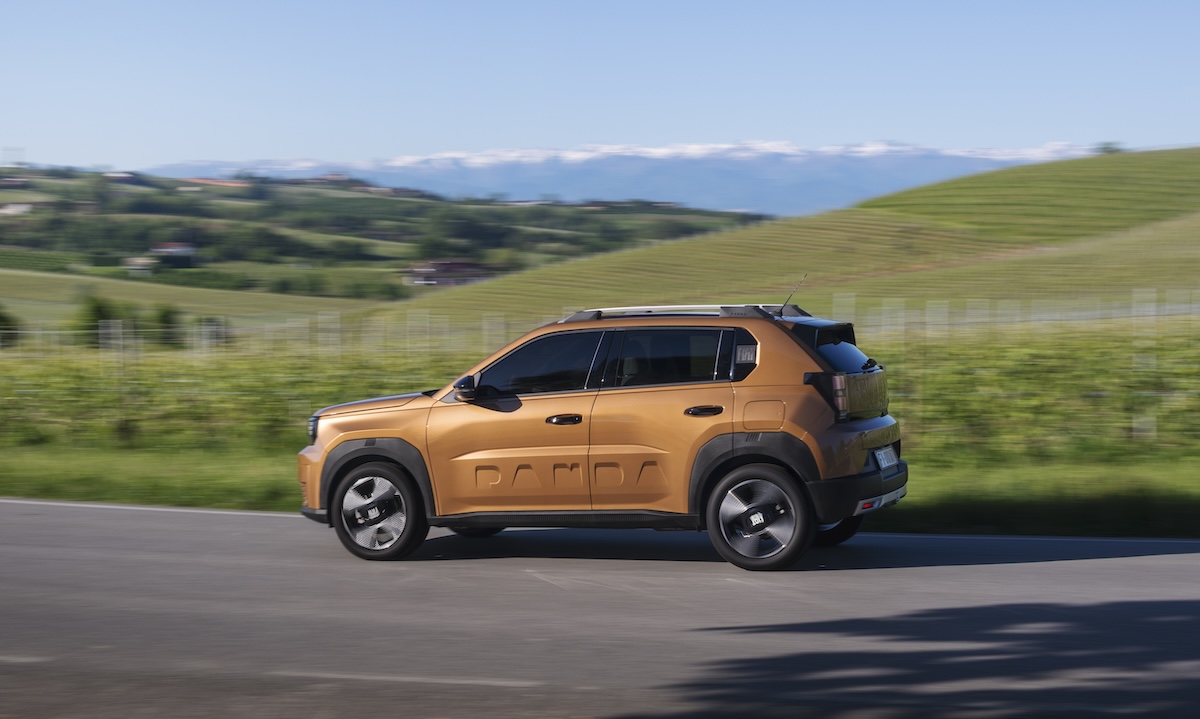
Fiat Grande Panda running costs
The range starts at around £18,000 for the mild hybrid in Pop trim, rising by £1,000 for the Icon and a further £2,000 for the La Prima. Obviously, the EV version costs a chunk more, ranging between £21,000 for the Red version and £24,000 for the La Prima.
When you compare this to the Citroen C3 with which the Grande Panda shares so much, the waters look slightly muddy at first. Look at the entry-level versions of each car, and there’s barely anything in it on price: the Fiat is the cheaper of the pair, but only by a couple of hundred quid, so you’d think that they’re level-pegging on value-for-money
Look more carefully, though, and you realise that the cheapest version of the Citroen actually comes with the non-hybrid powertrain that’s not yet offered in the Fiat, while the cheapest version of the Fiat is - currently at least - the hybrid. When you compare like-for-like on the powertrain front, you’ll find that the hybrid Fiat is actually cheaper than the hybrid Citroen to the tune of a couple of grand. And at this more modest end of the car market, that’s a lot. Indeed, the cheapest Grande Panda just about squeaks onto our list of the 10 most affordable new cars on sale in the UK.
In terms of other running costs, WLTP figures put the Panda hybrid’s fuel economy at between 55.4mpg and 56.5mpg, while CO2 emissions stand at 115g/km on the Pop, and 117g/km on the other versions.
According to the same testing standard, the 44kWh battery in the Fiat Grande Panda Electric gives a range of 199 miles on a single charge, but don’t bank on a real-world return of much more than 140 miles. Connected to a standard 7kW home wallbox charger, Fiat says the car will take on a 20-100% charge in three-and-three-quarter hours. That charge will cost you around £12 if your domestic power is charged at the UK’s national average rate, or considerably less if you charge overnight on discounted off-peak power. Rapid charging of up to 100kW is supported, delivering a 20-80% charge in 33 minutes. This will cost you considerably more than a charge at home, though: easily double, and most likely treble.
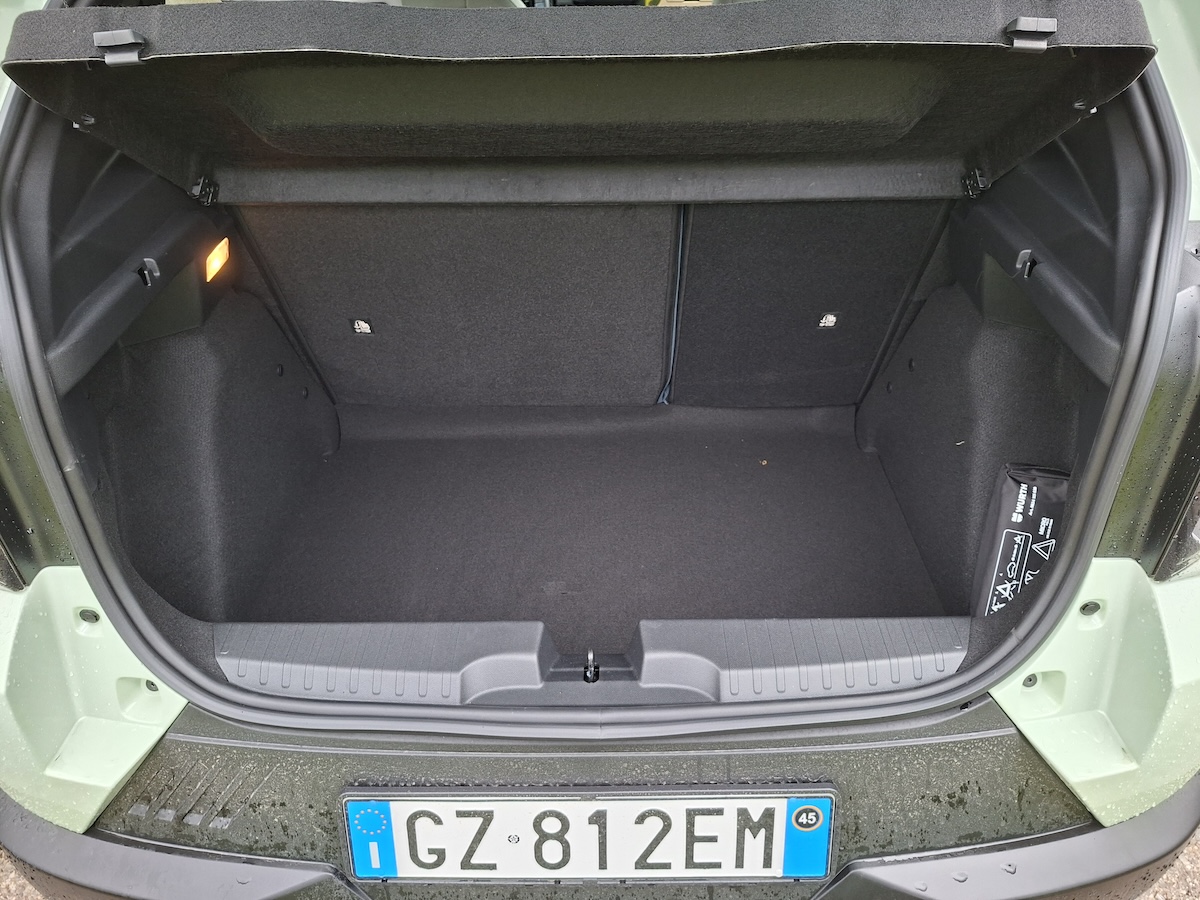
Fiat Grande Panda reliability
Obviously, the Grande Panda is a brand new car on a very new platform, so accurately predicting reliability is utterly impossible. It’s fair to say, however, that Fiat doesn’t have the most illustrious reputation in this regard, and recent performances in reliability surveys haven’t been significantly better than previous ones.
In the most recent 2024 What Car? Reliability Survey, Fiat placed 25th out of 31 carmakers ranked in the manufacturer standings. And, of the six brands that finished below it, two were fellow members of the Stellantis stable.
Fiat’s bog-standard warranty offering probably won’t do an awful lot to quell your fears, either. You get unlimited-mileage manufacturer-supplied cover for two years, followed by a third year of retailer-supplied cover that’s limited to a maximum of 60,000 miles. Not brilliant when other city-car makers offer cover of five-, seven- and 10 years.
- Whichever version of the Grande Panda you buy, you get the same suite of safety measures. This includes six airbags, emergency brake assist, lane-keeping assist, drowsy driver detection, and speed limit information. The car hasn’t yet been assessed by Euro NCAP.
- Interestingly, you can’t have any version of the Grande Panda with adaptive cruise control, even as an optional extra. That seems odd in this day and age, even on a small budget model like the Fiat.
- The car is available in seven paint colours, ranging from vivid to vibrant. No grey colour is offered, though: Fiat makes a lot of the fact that greys have been banished from the firm’s colour palettes in the pursuit of cheerfulness.
- If you want the cheapest Grande Panda: Stick with the utterly acceptable mild hybrid powertrain, and with entry-level Pop trim. It comes with all the essentials that most buyers are likely to demand.
- If you want more style: If going for a mild hybrid, the mid-spec Icon model doesn’t cost a huge amount more, but it does look a lot better, with alloy wheels, skid plates and roof bars. And let’s face it, style is a large part of the Grande Panda’s appeal…
- If you’re a company car driver: Mild hybrids aren’t sophisticated enough to earn you a major saving on your monthly benefit-in-kind company car tax bills, but rates are still very low on electric cars, and will continue to be so for a while yet. So, company car user-choosers would be barking mad not to choose the EV version unless they really can’t live with its range.
